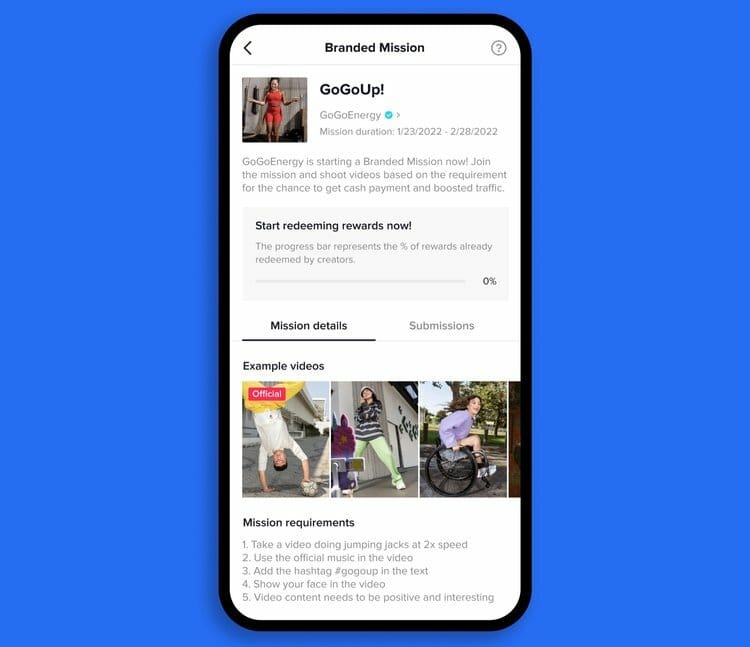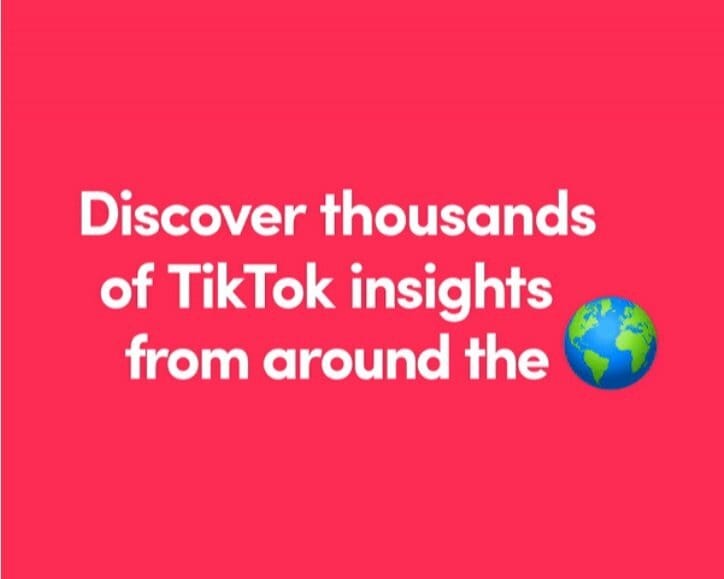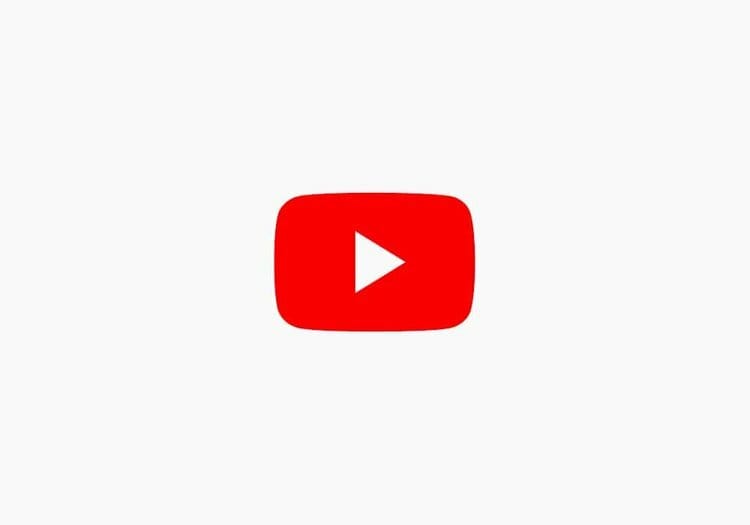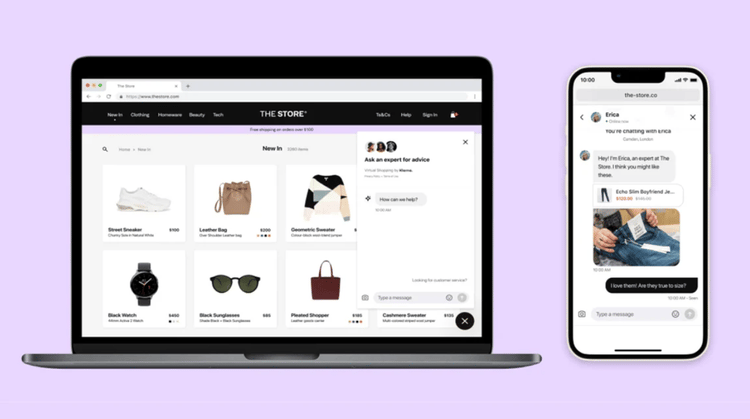Happy Friday! Recently, I spoke with Business Insider about the challenges creators face in moving their audience to other platforms. Russian influencers are currently navigating this situation as companies like YouTube have paused advertising and other revenue-generating features in response to Russia's invasion of Ukraine.
Though it is a unique situation, it serves as a reminder that we are essentially "renting" our audiences on social media since platforms can change at any time, whether it is algorithms that make it harder to reach people or them needing to take action as a result of world events.
As a result, many creators are turning to their blogs, newsletters, and similar channels, where they have more control and ownership over their audiences and are able to reach them despite unforeseen circumstances that impact social media platforms. It's one of the reasons why I started this newsletter.
Today’s Edition:
TikTok introduces a new ad product, Branded Mission
TikTok launches tools for creator crediting
The Federal Trade Commission warns social media platforms
TikTok Introduces New Ad Product, Branded Mission

TikTok introduced a new ad product in Branded Mission. Branded Mission allows brands to crowdsource branded content from eligible creators (at least 1,000 followers) and then use top-performing videos as ads to drive brand affinity.
How It Works
Brands will first set up their Mission, and then select different options such as Tag Hashtag Challenge, Show product, Dance With Music, and Use Branded Effect, which will serve as the content requirements for creators. After the Mission is set live, creators eligible for the mission will be notified and can click through to the Branded Mission page, where they can view all the details for the Mission and submit up to three videos.
TikTok’s algorithm will then provide brands with a shortlist of the top-performing, on-brand, and brand-safe videos to boost as sponsored ads. Creators whose videos are selected by the brand to run as ads will receive a cash payment and increase traffic, while videos submitted by all other creators will be served organically on the For You page.
What Stands Out
It brings a crowdsourcing aspect to influencer marketing. Instead of reaching out to a particular group of creators to create content, which is usually part of an influencer marketing campaign's workflow, brands can crowdsource content from the TikTok community.
Brands can discover creators they might not otherwise discover. Brands often have a set of criteria in mind when sourcing creators for their branded content campaigns, ranging from personas to follower counts. Brands that are overly strict with the criteria for the type of creators they want to partner with miss out on talent that might seem like a poor fit on paper, but can actually transform their brand, products, or services.
There’s not an overly prescriptive brief. Briefs help creators understand what brands require. However, very prescriptive briefs can hinder creators' ability to do what they do best, and that is to create. The requirements for a Mission are limited to a handful of requirements. By simplifying the brief, brands are more likely to get the type of content they need, while still allowing for creative freedom so creators can create content that is both authentic and engaging and resonates with the TikTok community.
It brings together paid media and influencer marketing. Paid media is increasingly becoming important for brands to drive ROI through influencer marketing. Brands can now easily generate assets to amplify to reach bigger audiences. With creator content typically outperforming brand creative as ads, leveraging creator content in paid media helps optimize for performance.
TikTok gives creators a new way to monetize. Although brands must select a creator's video to use as a sponsored ad before creators get paid, it's a way for smaller creators who may not have worked with brands directly to monetize their skill set. It is an opt-in process, so creators can choose what Missions they would like to participate in, removing some of the issues that arise when brands reach out to creators directly for a campaign.
Going Forward
For the second time this month, TikTok brings an innovative ad product centered around bringing brands and creators together and paying out creators for work. Earlier this month, it launched TikTok Pulse, which lets brands place ads among the top four percent of TikTok creator videos and includes a revenue share with creators whose videos are amongst the ads.
Branded Mission further continues a growing trend of big tech providing creator-driven advertising solutions. Google, Meta, Snap, Twitch, and others have all either recently tested or launched ad products like these that tap into creators. Not only do these help brands reach and connect with audiences better, but they also help put money in creators’ pockets.
It will be interesting to see the response to Branded Mission over the first few months. It does help democratize the branded content ecosystem by enabling creators with only 1,000 followers to have the opportunity to work with brands, but some creators may see it as a “get paid in exposure” type of deal.
Industry News
TikTok has launched tools for creator crediting. After sharing tips for how creators can adequately attribute the originators of popular trends in March, TikTok brings crediting tools in-app. Creators can now tag, mention, and credit a video in the description of their video. Creators of videos that are tagged will be notified via their Inbox. There are also user prompts and pop-ups that encourage crediting during the post-publishing process and pop-ups featuring educational resources on the importance of crediting.
Many creators have spoken out about the crediting issue that exists, which likely resulted in TikTok finally building in-app crediting support. By providing these tools, users can more easily cite their inspirations and keep attributions top of mind when they post their content, fostering a stronger culture of crediting across the platform.
TikTok isn't the only one that is trying to ensure that creators get their credit. Others like Instagram are looking to do the same. Instagram previously rolled out enhanced tags, allowing creators to add a self-designated profile category that highlights their specific contributions when they are tagged in a photo or video by other creators.

TikTok rolled out TikTok Insights. It’s a new, interactive tool that provides insights into the TikTok community. By using filters such as audience, location, industry, holidays & events, and more, marketers can browse the latest and greatest research from TikTok from across the globe. TikTok Insights is the equivalent of Facebook’s Insights To Go and Pinterest Trends.
TikTok’s first-to-market insights tool gives marketers a wealth of data-backed insights to understand the behavior and interests of the TikTok community and how they connect with brands. The ability to view data based on specific data points can help marketers uncover and identify data points to inform their marketing and content strategies. The tool can be an easy way for marketers to generate a campaign concept based on their target audience, relevant industry, and relevant moments in time.

YouTube announced it will soon expand its Go Live With and Live Redirect features to its live shopping experience. The company shared at its recent Brandcast event that creators would have the ability to co-host a live shopping stream with Go Live With and redirect their audience from their channel to a brand's channel with Live Redirect in the near future.
The company extending these features to its live shopping experience gives creators and brands a new and unique way to connect with viewers and maximize viewership. With Go Live With, creators can increase the draw of a live event by bringing together their respective fan bases while with Live Redirect, brands can tap into a creator's audience. A successful live shopping stream should not only have engaging hosts that can entertain, educate, and engage viewers in real-time, but also have enough viewers to greatly increase the likelihood that viewers will purchase. Both features help drive towards this.
This year, YouTube's live shopping ambitions have grown stronger with the testing and launch of new features that help creators pitch products on behalf of brands and let viewers purchase easily. Because YouTube is already a place for discovery and inspiration, it has huge potential to make live shopping a big part of its platform for the benefit of creators, advertisers, and consumers.

The Federal Trade Commission (FTC) submitted proposed revisions for its Endorsement Guides. As part of its notice and accompanying statement, the FTC says that many social media platforms’ disclosure tools are inadequate and open social media platforms up to liability. It also modifies the definition of endorsers to include virtual influencers.
It should be of no surprise that the FTC is looking to tighten up its advertising guidelines, given the increased attention of social media and influencers. Compared to other governing bodies like the UK’s Advertising Standards Authority (ASA), the FTC hasn’t been as active with its policies for influencer marketing. The ASA has taken some aggressive actions such as running advertising campaigns informing people of influencers that aren’t properly disclosing their paid partnerships.
The FTC's proposed revisions are well needed as social media platforms need to improve their disclosure tools and enforce them better, and virtual influencers should be taken into account due to their rising popularity by brands and consumers.
When it comes to disclosures, one tool that doesn’t exist today but should, is the ability for users to report content that appears to be part of a paid partnership but is not disclosed properly. When content is reported enough, the platforms could send influencers a notification for them to add disclosure or to confirm it is indeed not a sponsored post.

Klarna launched a Virtual Shopping offering. The Swedish buy now, pay later company now enables consumers to shop online by connecting them with in-store experts through live and video chats. Consumers can receive up-close photos and videos of products that they are interested in. They can also watch product demos in real-time from physical stores, dark stores from in-store experts, or at home. When interactions go well, in-store experts can offer customers to join their contact list to work with them again in the future. Over 300 brand websites, including Levi, Hugo Voss, and Herman Miller, can access the offering today.
Klarna enters the world of social commerce just as social platforms do. However, instead of relying on established influencers to drive sales, experts in the form of employees at partnered retailers will be tasked with converting shoppers.
Turning employees into influencers is becoming common practice as companies realize that their own employees are their best brand advocates. This is particularly true in this scenario since a retailer's employees can extend their expertise to the digital world and interact with customers just like they would in-store.
Retailers such as Macy’s have had success with turning their employees and personal stylists into their network of influencers. It’s not just beneficial for the retailers either. As is true with in-house experts at Klarna retailer partners, employees can increase their earnings beyond their standard pay.

What I’m Reading
Russian YouTubers losing millions of dollars in move to VK, Telegram (Business Insider)
Adam Mosseri says he wants big tech to give up control (Wired)
How pet brand Brutus Broth enlists canine influencers (Modern Retail)
Snap is trying to court and fund creators—but some are struggling to break through on the app (Marketing Brew)
Cannes goes Meta as Instagram takes on festival sponsor TikTok (Variety)
